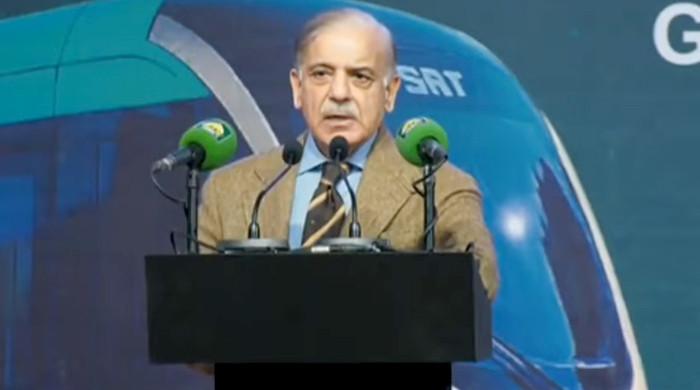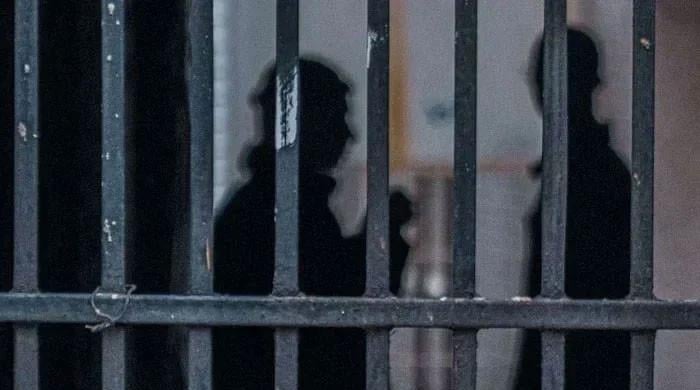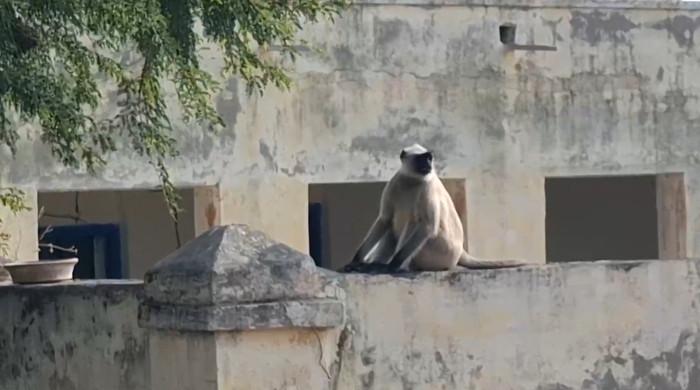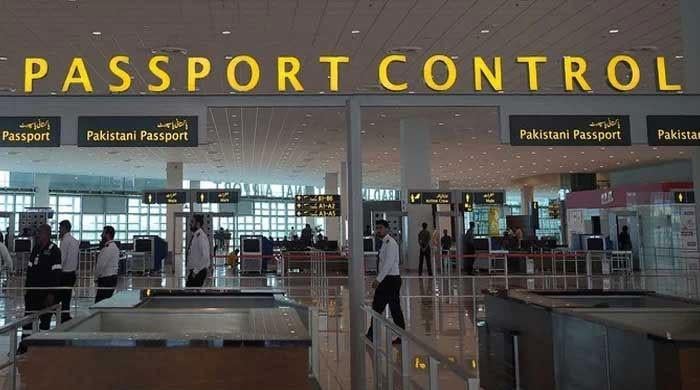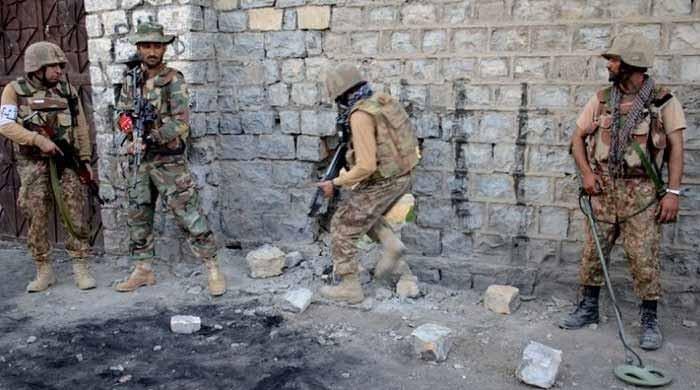Heavy rain expected to hit Karachi from tomorrow
The highest temperature for the day is expected to soar to 29°C in the metropolis
February 02, 2024

- Various parts of Karachi receive light to moderate rain.
- PMD recorded lowest temperature at 19°C.
- Humidity in the air is 65 %, says Met Office.
KARACHI: The Pakistan Meteorological Department (PMD) on Friday forecasted rain coupled with thunder in Karachi for two more days till February 4.
The Met Office said Karachi is expected to receive heavy rainfall on February 3 and 4.
The PMD recorded the lowest temperature in the last 12 hours at 19°C. Whereas, the highest temperature for the day is expected to soar to 29°C in the metropolis. Humidity in the air is 65 %, it said.
Various parts of Karachi received light to moderate rain Friday morning. The areas that received rain included North Nazimabad, North Karachi, Lyari, Baldia Town, Gulistan-e-Johar, Liaquatabad, Saddar, Bahadurabad, Tariq Road, Korangi, Landhi, DHA, Qayyumabad, Mehmoodabad, Ranchorr Line and FB Area.
On January 30, the PMD had forecasted rain with isolated heavyfalls (with snowfall over the hills) in many Balochistan areas including in Nokkundi, Dalbandin, Chagi, Kalat, Khuzdar, Lasbella, Awaran, Turbat, Kech, Gwadar, Jiwani, Pasni, Ormara, Panjgur, Kharan, Noushki, Washuk, Mastung, Sibbi, Naseerabad, Zhob, Sherani, Barkhan, Musakhel, Kohlu, Jhal Magsi, Loralai, Ziarat, Quetta, Chaman, Pishin, Qila Abdullah and Qila Saifullah on February 2 and 3.
The Met Office had further said light to moderate rain was expected in Sukkur, Larkana, Dadu, Mirpurkhas, Karachi, Shaheed Benazirabad, Jacobabad and Kashmore on February 2 and 3, while cold and partly cloudy weather was expected in other parts of the province.
“Heavy rainfall may cause flash flooding in local nullah’s of Barkhan, Kohlu, Sibbi, Naseerabad, Dalbandin and Khuzdar on February 2 and 3,” it said.
The PMD also said rain may be beneficial for the standing crops particularly in “Barani areas” of Punjab and Khyber Pakhtunkhwa.




